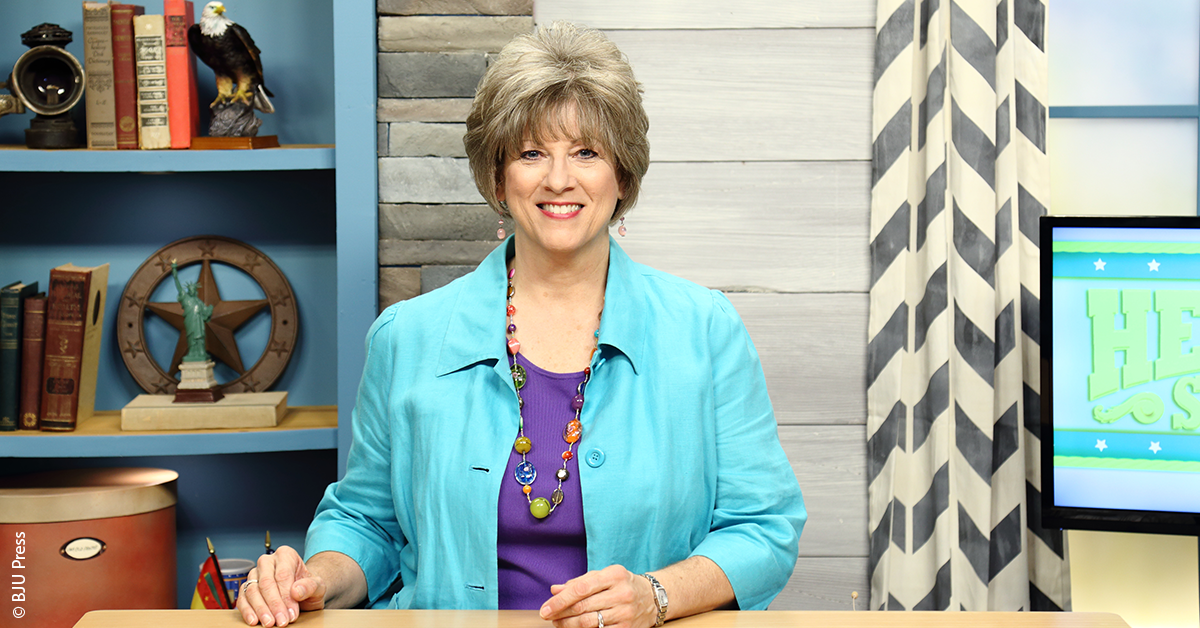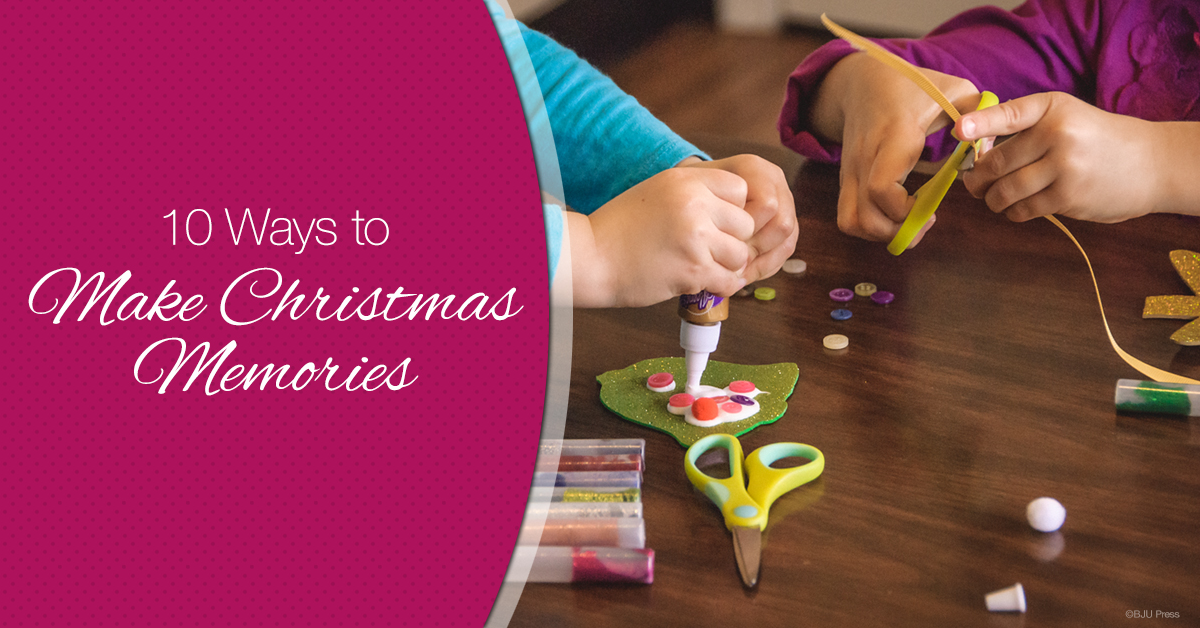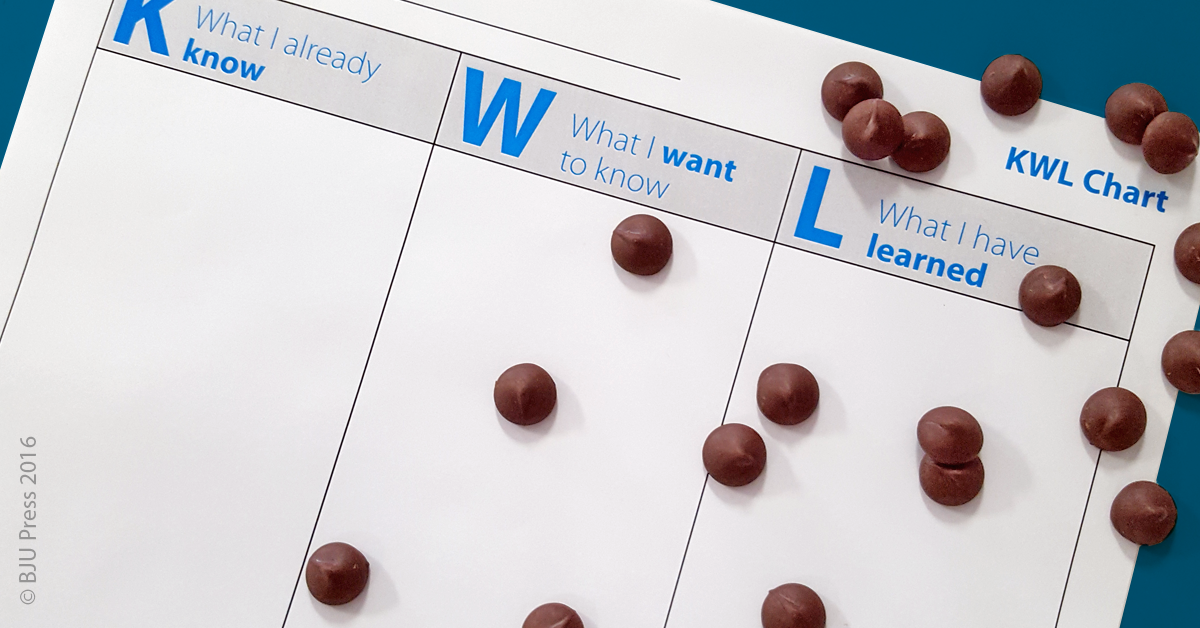
Phony and fake or true and genuine—kids can spot it a mile away. That’s why Mrs. Walker puts more than the usual preparation into her Distance Learning video lessons. She knows that most elementary-aged students don’t watch her math, reading, heritage studies, and English video lessons because they just love those subjects. There has to be something more to motivate them to learn. Here are three ways she does that in her teaching.
The “Hook”
Now this idea might sound scary if you know the story of Peter Pan, but with Mrs. Walker you have nothing to fear. Her “hook” is used to help your child make a connection. As she prepares lessons for a subject, Mrs. Walker asks herself, “What can my student relate to?” Teaching the lesson this way means that sometimes Mrs. Walker seems to go off topic, but she’s really using her hook to help your child build a bridge of understanding. She provides encouragement along the way, pausing to speak directly to your child so that he can think independently and draw connections.
Dinner Nugget
No, Mrs. Walker isn’t talking about something to eat even though she would probably love to have an excuse to make chicken nuggets on camera. What Mrs. Walker means is a nugget of information your child might share at the family meal. She does this by including in her lessons personal stories, such as the time she went skydiving (yes, really!) and various interesting facts as in this Math 2 video lesson, which introduces the baobab tree. You won’t have long to wait before your child says, “Guess what Mrs. Walker told me today!”
End on a Giggle
Learning is a great big challenge for your child at times, especially when he is just beginning to learn to read. But Mrs. Walker wants to teach him that learning is also fun. She tries to end almost every lesson on a positive note—most often with an amusing comment or story that causes a giggle to escape from your child’s mouth. (Just watch him and see!) It’s Mrs. Walker’s goal to use humor as a way to encourage your child to keep coming back to learn more.
By the time your child completes a Distance Learning course with Mrs. Walker, he’ll consider her more than just a teacher. She’ll be a true friend.
See Mrs. Walker in action with Reading 3—a favorite course for her Distance Learning students!




